#i just did not vibe with eric's lack of remorse
Text
what i wish we got from the scene of eric in the club, instead of him cheating (again), is a dream sequence where he imagines that adam is the one there with him, and adam is the one who pulls him onto the dancefloor and adam is the one he imagines kissing in front of everyone, instead of some random adult.
i think that would have still shown eric's realisation that this is what he wanted for himself and out of a relationship - a boyfriend who wants to come out to queer spaces and enjoy queer community - without turning eric into a serial cheater. i think it still even would have made sense for eric to call it quits over adam's reluctance to go out places that were "a little more gay", because we would've already seen that this is something eric literally dreamt/fantasised about and he feels all of a sudden like adam's hesitance is threatening that.
#sex education#sex education season 3#sex education spoilers#eric effiong#adam groff#i just did not vibe with eric's lack of remorse#and even the cheating itself didn't make sense to me#the club scene also just gives me ick#sex ed s3#idk#i think it would’ve even been a nice parallel to the otis/ruby breakup#where one party feels hurt bc they feel like they’re more invested in the relationship#and the other is still feeling insecure
486 notes
·
View notes
Text
“a black man’s game” - larry bird
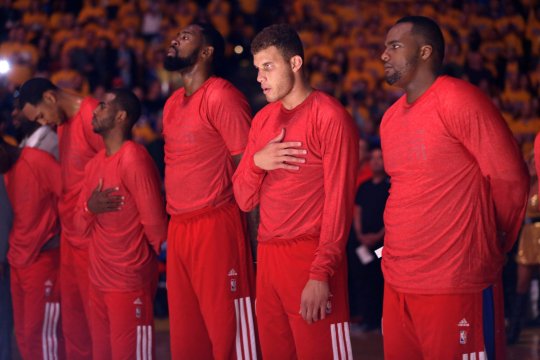
Racism in the NBA and how it shaped its history
by Isaac Javier
2015 was the year of the #BlackLivesMatter movement. A movement spawned in the United States from one-too-many occurrences of specific police brutality in cops killing African-American citizens, for ever-unjustifiable reasons. Tamir Rice (Aged 12), Sandra Bland, Quinito LeGrier and Bettie Jones, Freddie Gray, and Eric Garner are just few of the names that grabbed the headlines by becoming causalities to the hands of white police officers. Racism is deeply rooted in America, and the apple does not fall far from the tree that is racism and bigotry.
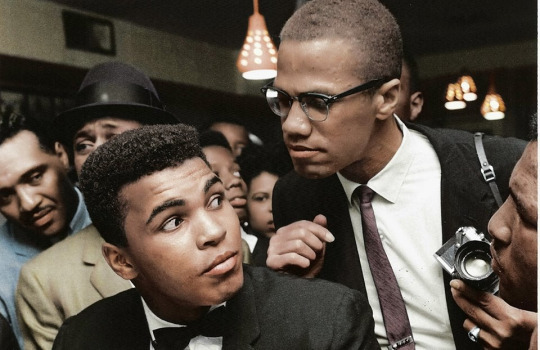
America is also shaped by the capabilities of influences, and being heard – Malcolm X, Muhammad Ali, and Martin Luther King, few the people in America’s rich history who used their voice to make a change and significantly alter the course of American history,and how America was viewed and understood by the rest of the world. It is home to the greatest of people, and also the worst of them.
One of today’s more influential forces in the country is the NBA, the biggest basketball league in the world. Over 26 million Americans play basketball, it is also big in Europe and Asia – with a growing market, worked by the NBA by globalising their brand through hosting games and basketball camps overseas. The NBA has indeed a very large following in the United States, and in around the world. They simply cannot afford any animosities towards their reputation as they are spotlighted by their millions of followers from all corners of the globe. They then did do good to follow up on this responsibility. They are known to be one of the more progressive sports organisations in the United States as they were blessed with open minded and good-willed leaders in then-commissioner David Stern and current commissioner Adam Silver. They did all the right things which led to the NBA being the global force that it is today – adapting to changes in the culture as time progresses, television deals which led to much needed revenue, eradicating the drug culture and reputation amongst their players, and most importantly, maintaining racial harmony within the league, a far cry from what the country was exhibiting.
‘a team official said, “Whites in Dallas are simply not interested in paying to see an all-black team and the black population alone cannot support us.”’
The NBA is played a significant role in the African-American renaissance in America with a good percentage of its athletes being black. But it was not always like this in the NBA, where racial harmony is prettified and is an unwritten priority – anything amiss would be pounded on and eradicated as quickly as it spawned (see: Donald Sterling, Bruce Levenson). The NBA went through a ‘dark age’ where it struggled to hold its own as a national sports league with their popularity becoming stagnant, and even declining. A lack of entertainment value in the games is one of the most recognised causes to this decrease, with the game essentially boring and hard to follow which did not attract potential consumers and fans. There was also instances of drug abuse by the players. This brought the league’s reputability at an all time low. This was the 70s in the NBA.
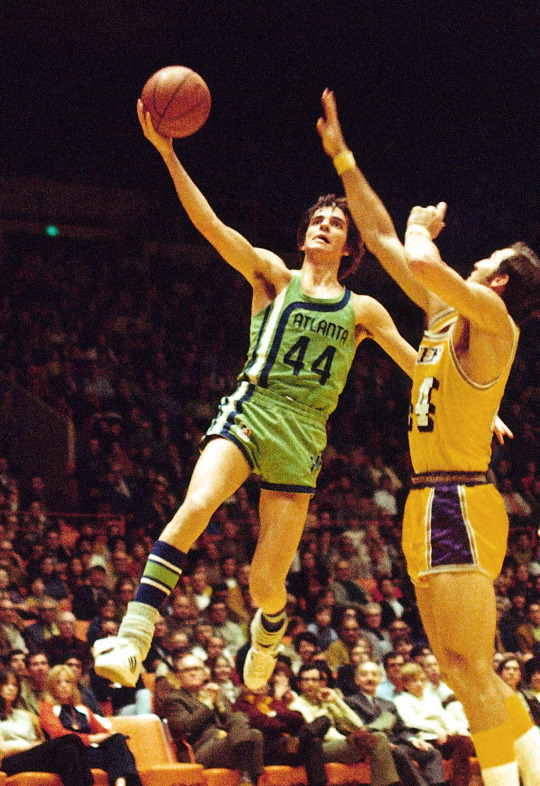
This era was also known for the influx and increasing prominence of black athletes. As the decade began the NBA was 60% African-American, and by the end of the decade, it grew to 75%. All the while, the leagues popularity declined. At some point, and surprisingly enough, fingers were pointed towards the black population of the NBA as the reason for the decline. Not the lack of stability with its officials, nor the failure to expand the organisation, nor the quality and entertainment value of the games, nor the lack of coverage and accessibility, but the black athletes who added flamboyance, athleticism and flair to the league as oppose to the otherwise humdrum playing style that the players exhibited in the past.

An article published by the Trenton Evening Times in 1980 attempted to point out why the NBA was in the state that it was in – they mentioned the ‘sameness’ of games and the “all you have to do is watch the last five minutes” canard, along with the notion that professional basketball is ‘too black’. Sports Illustrated also shared the same criticism of the NBA where they point out that “the casual viewer can enjoy the essence of any NBA contest by simply watching the final two minutes.”, as well as the influence of the rising number of black players “Still others feel that the growing preponderance of blacks on the court is a factor”.
Fast forward to 2014, Atlanta Hawks co-owner Bruce Levenson sent a racially insensitive email suggesting that their struggles in ticket sales were in relation to the black demographic of the Hawk’s fan base. Levenson singled out their culture, degree of affluence, and their blackness as the reason why the rest of the more affluent (white) demographic of the Hawk’s fan base are scared to show up to games.
“one day a light bulb went off. when digging into why our season ticket base is so small, i was told it is because we can’t get 35-55 white males and corporations to buy season tixs and they are the primary demo for season tickets around the league. when i pushed further, folks generally shrugged their shoulders. then i start looking around our arena during games and notice the following:
– it’s 70 pct black
– the cheerleaders are black
– the music is hip hop
– at the bars it’s 90 pct black
– there are few fathers and sons at the games
– we are doing after game concerts to attract more fans and the concerts are either hip hop or gospel.”
Levenson even aimed to justify his theory by saying “that the black crowd scared away the whites and there are simply not enough affluent black fans to build a signficant [sic] season ticket base. Please dont get me wrong … i never felt uncomfortable, but i think southern whites simply were not comfortable being in an arena or at a bar where they were in the minority “.
He then showed seemingly genuine remorse in his issued apology. This also occurred amidst the infamous Donald Sterling (then-owner of the Los Angeles Clippers) fiasco, where recorded phone calls revealed his strong feelings against one of his female friends attending Clippers games with a black man. He has then been ousted as the owner of the Clippers and was sanctioned a lifetime ban from the NBA.
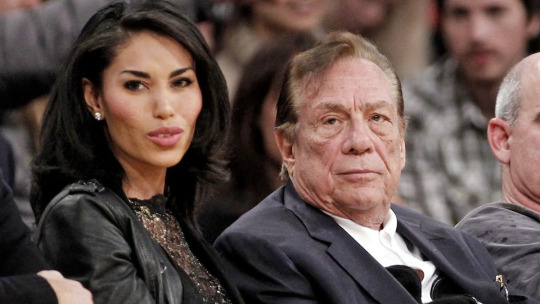
In the 1970s and 80s, people in and around the league openly shared the same mentality. Team owners and executives often justify racism by bringing up the formulaic difference of the affluence of the black and white consumers at that time. They aimed to shift their operations in favour of the more affluent white majority, whose money they needed. This was also blatantly done. One team owner, according to Sports Illustrated in 1979, claimed that “the teams are too black.” He goes on further to say “How can you sell a black sport to a white public?“. From a financial and marketing standpoint, that mentality would be reasonable as some potential sponsors shied away from the NBA during that time as they would alienate white (affluent) consumers, as noted in the book Playing for Keeps.
Actual occurrences against black athletes, based on this mentality, indeed happened. In 1972, Dallas’ ABA team released four black players, a team official said, “Whites in Dallas are simply not interested in paying to see an all-black team and the black population alone cannot support us.” In the late 1960s, the then-St. Louis Hawks were known to blatantly insert white players in their starting line-up exclusively for home games to accommodate their predominantly white fan base. Before Ted Stepien bought the Cleveland Cavaliers in 1980, he promised, “half the squad would be white… White people have to have white heroes.” He tried to squash a subsequent controversy by insisting his statements (surprisingly) were merely “in a context of marketing.” (Stepien also explained away anti-Semitic remarks by noting that he “has a Jewish lawyer.”)
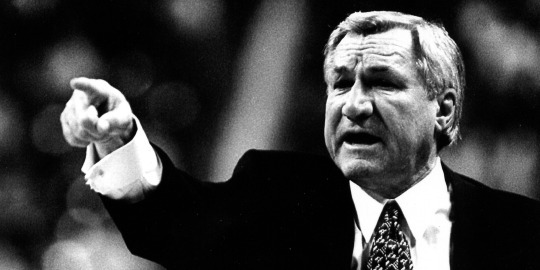
Oddly enough, the racist movement helped shape NBA history. It is arguable that Michael Jordan had one of the luckiest careers of any athlete. Everything fell into place for him – he had devoted and very supportive parents in James and Deloris Jordan, he was also one of the most athletically gifted individuals to ever grace the hardwood, along with an influx of good people surrounding him, good coaches, teammates, and rivals – which led Jordan being widely [and arguably] considered to be the greatest player of all time. Little did people know, that somewhere along the line, and in the most bizarre of circumstances, the KKK played a role in Michael Jordan’s fortunes.
The late Dean Smith intended to recruit both Michael Jordan and Patrick Ewing to North Carolina, an ever-salivating thought for Tar Heel fans. In 1980, Jordan and Ewing took a trip down to Chapel Hill to visit the school, and the overall vibe, according to both of them, was positive – Ewing, who eventually committed to Georgetown said he was ‘close’ to committing to the Tar Heels. After the visit, Ewing spent the night at an inn where he witnessed a “big” Klu Klux Klan rally which happened nearby. It was a done deal, and the rest was history. Jordan – it was never known if he did witness the rally or what would he have done if he did – committed to Dean Smith’s North Carolina and Ewing committed to Georgetown. They went on to have successful careers on their own right garnering numerous individual accolades.
This story definitely leads to some fans minds to interesting thoughts, experiments, and fan-fiction. What would’ve happened if Ewing hadn’t witnessed that rally? Would he have been the go-to guy in Dean Smith’s Tar Heels, not allowing Jordan to flourish under the system? Would they have been a seemingly unstoppable team with a line-up boasting Jordan, Ewing, Worthy, and Perkins? Would Jordan’s career have been the same if he hadn’t had to bury a game winning jump shot against Ewing’s Georgetown? Would their NBA careers unfolded any differently? If they became close, would they have attempted to link up in the pros? Six rings? Greatest of all time? And so on.
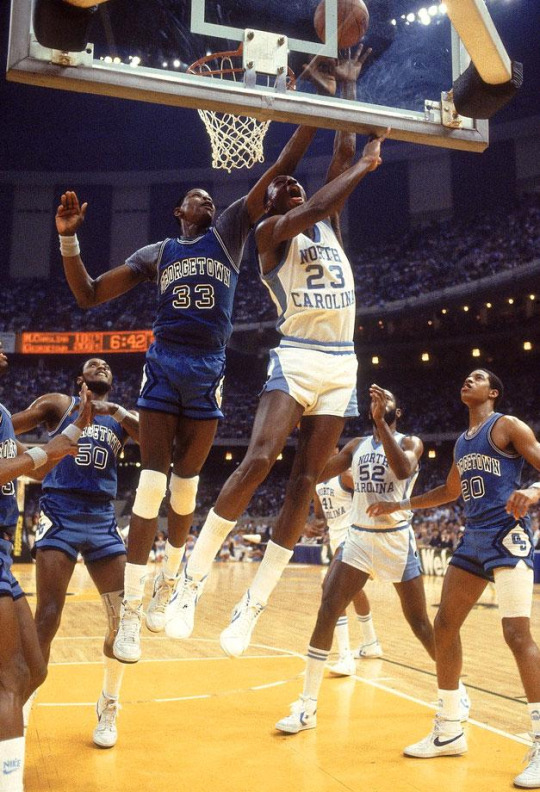
It would be weird and downright absurd to thank the KKK, or any racial-driven movements or ideologies for how the history of the NBA formulated, but no one could deny the unescapable influence of it. But it’s also important to be aware that NBA history could’ve – would’ve – unfolded very differently if not for a bunch of people being dickheads.
#Basketball#NBA#Michael Jordan#Racism#Donald Sterling#Culture#blacklivesmatter#black tumblr#Racists#America#MLK#Muhammad Ali#Sports
8 notes
·
View notes